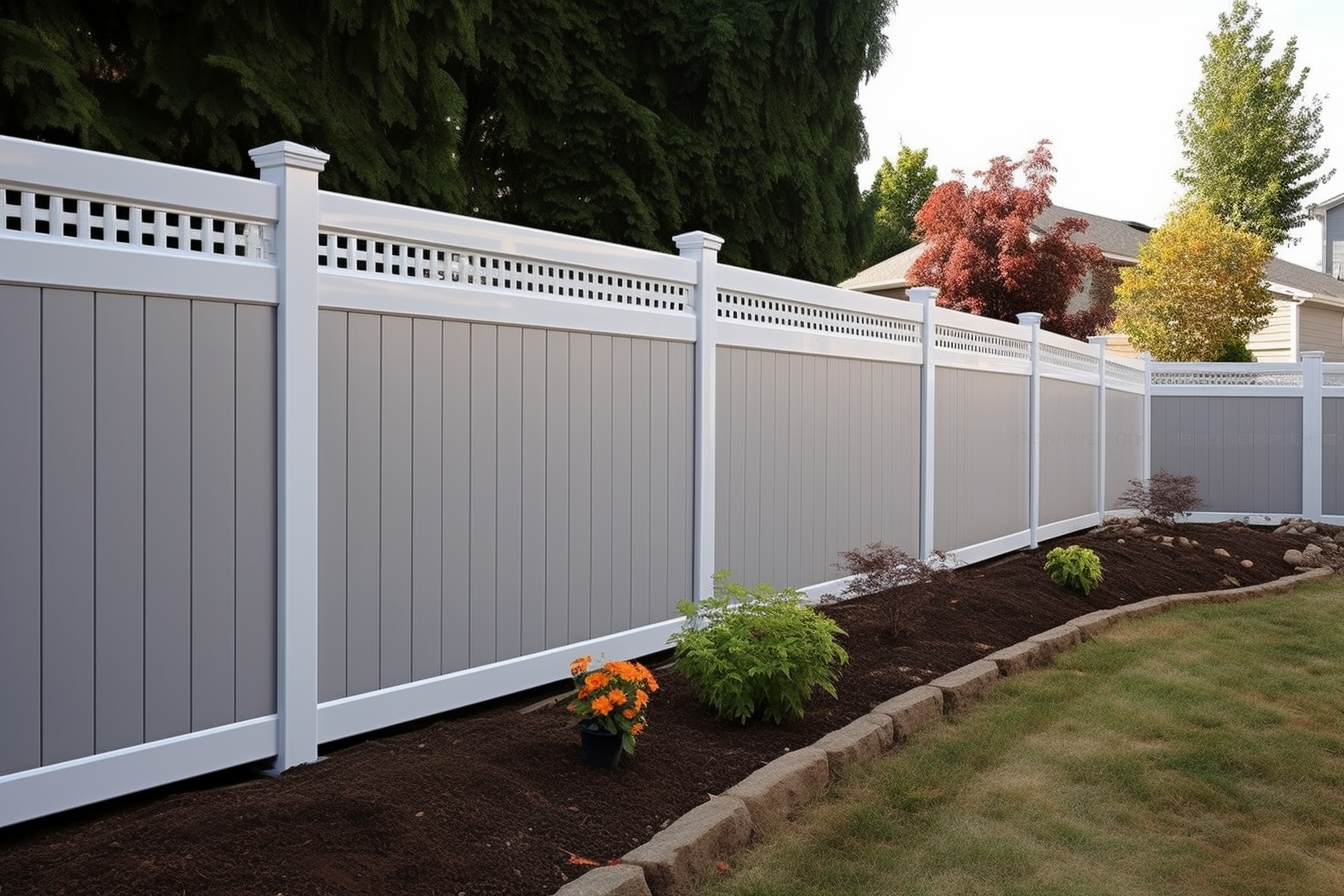Stylish Garden Fences for Privacy and Protection
A garden fence does more than mark property lines — it shapes the look, privacy, and security of your outdoor space. Learn how to choose between wood, vinyl, and aluminum, compare styles for different garden aesthetics, estimate costs, and discover maintenance tips to keep your fence looking great for years.

Which materials are best for garden fences?
Picking the right material is one of the most important decisions when planning a garden fence. Each option has strengths that suit different priorities:
Wood: Timeless and adaptable, wood brings natural warmth and can be tailored to any design—picket, panel, or split-rail. Species like cedar and redwood are commonly recommended because they resist rot and insect damage better than most softwoods. Wood can be stained, painted, or left to weather naturally, but it does require periodic sealing or repainting to stay in good shape.
Vinyl: If low upkeep is a top priority, vinyl is an appealing choice. It won’t rot, warp, or require painting, and it’s easy to keep clean with a hose or pressure-washer on a low setting. Modern vinyl panels come in a variety of colors and profiles that mimic the look of painted wood without the maintenance schedule.
Aluminum: For a contemporary, open look, aluminum provides strength without weight. It’s naturally rust-resistant and well suited to damp climates. Aluminum railings and picket-style fences offer boundary definition and security while preserving sightlines across the garden.
Each material has trade-offs in appearance, privacy, maintenance, and lifespan, so match the choice to your garden’s needs and your willingness to care for the fence.
How to choose the right fence style for my garden?
The fence style should complement the architecture of your home and the character of your garden. A few popular directions:
- Traditional charm: Wooden picket or split-rail fences create a cottage-garden vibe, perfect for flower beds, pathways, and decorative borders.
- Maximum privacy: Solid wooden or vinyl panels are ideal if you want to block views from neighbors or roads, creating a secluded retreat.
- Open and airy: Lattice-tops, semi-open panels, and aluminum railings define the space without closing it off. These options work well where you want to maintain sightlines or showcase landscaping features.
- Modern minimalism: Clean, horizontal slats or slender aluminum rails suit contemporary garden designs and urban yards.
When selecting style, consider how the fence will interact with hedges, climbing plants, gates, and entry points—these elements influence both aesthetics and functionality.
What factors should I consider when planning a garden fence?
Before you start buying materials or hiring installation, review these practical considerations:
-
Local regulations: Most towns have rules on fence height, setbacks, and sometimes materials or visibility at corners. Always check municipal codes or homeowners’ association rules first.
-
Property lines: Verify your lot boundaries with a survey or plot map to prevent disputes with neighbors. Even small encroachments can lead to costly fixes.
-
Purpose: Define whether the fence is primarily for privacy, security, pet containment, wind protection, or decoration. The intended function will guide both material and design choices.
-
Maintenance commitments: Be realistic about the time and money you’ll spend on upkeep. Wood looks great but needs regular care; vinyl and aluminum require far less attention.
-
Budget: Include installation, materials, and long-term maintenance when estimating costs. A cheaper material today can become more expensive over time if upkeep is high.
-
Drainage and soil contact: Consider how the fence will sit near the ground. Constant contact with wet soil accelerates wood decay; raised posts or gravel bases can help.
How much does a garden fence typically cost?
Costs vary by material, height, length, terrain, and whether you hire a contractor or install the fence yourself. The following table gives an approximate installed price range per linear foot for common materials, plus typical pros and cons.
| Material | Average Cost per Linear Foot (Installed) | Pros | Cons |
|---|---|---|---|
| Wood | $15 - $30 | Natural look, customizable | Requires regular maintenance |
| Vinyl | $20 - $40 | Low maintenance, durable | Higher upfront cost |
| Aluminum | $25 - $45 | Rust-resistant, modern look | Less privacy than solid options |
Prices, rates, or cost estimates mentioned in this article are based on the latest available information but may change over time. Independent research is advised before making financial decisions.
How can I maintain my garden fence for longevity?
Routine care extends the life of any fence. Tailor maintenance to your chosen material:
-
Wood: Inspect annually for loose boards or signs of rot. Clean grime and mildew with a mild detergent, then reseal or repaint every few years depending on exposure. Pay special attention to posts where they meet the ground—these are most vulnerable to moisture.
-
Vinyl: Simple to maintain—wash periodically to remove dirt, algae, and pollen. Watch for cracking in extreme cold and ensure fasteners and gates remain aligned.
-
Aluminum: Occasional washing keeps finish looking fresh. Check hardware and welds, and touch up any paint chips to prevent corrosion of the coating.
General tips: keep vegetation trimmed away from the fence to reduce moisture trapping and rubbing, ensure proper drainage along the base, and tighten or replace hardware on gates and hinges as needed. Early repairs prevent small issues from becoming large problems.
Final thoughts
A thoughtfully chosen fence can transform your garden—adding privacy, security, and curb appeal. Balance style, function, and maintenance when selecting materials and design. Research local rules, confirm property lines, and plan for long-term care so your investment continues to enhance your outdoor space for years to come.






